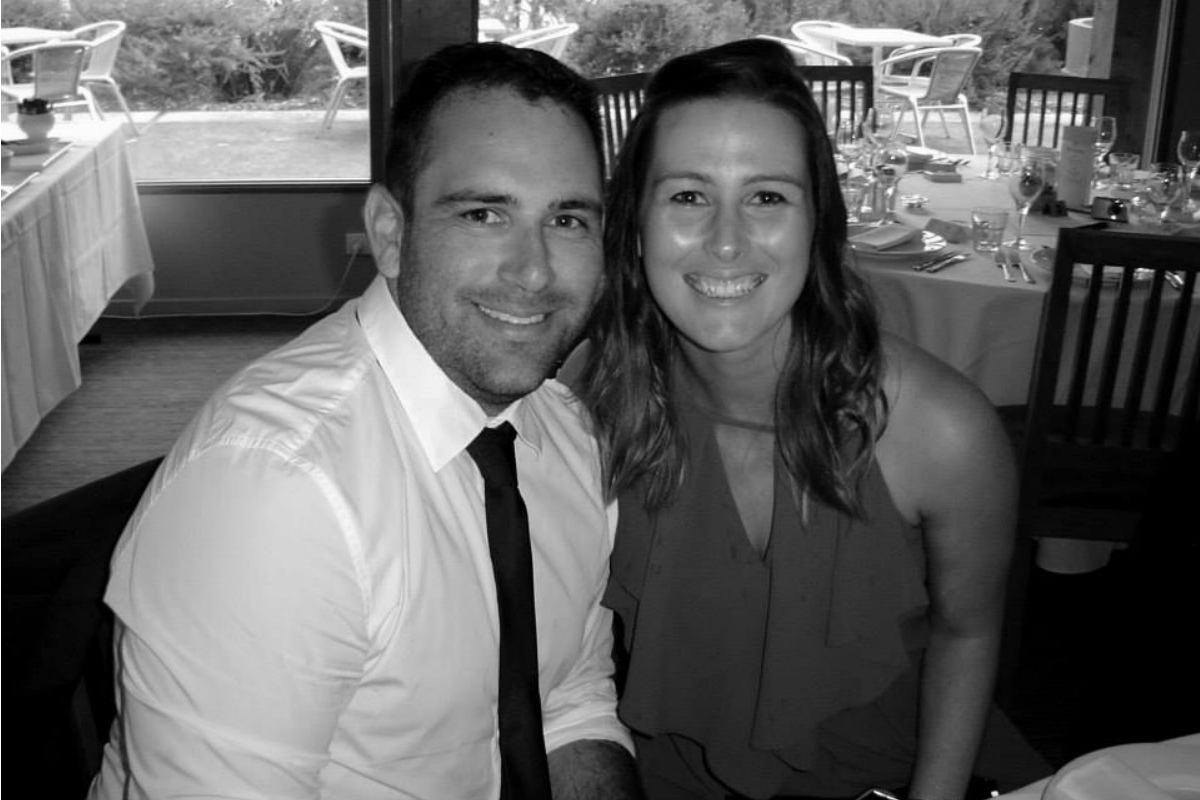
“To get the locksmith in to change the locks you have to pay them upfront, but you don’t have a wallet….and you can’t leave the house because you can’t lock it…
“And you have to get a new driver’s licence so that you can go to the bank and even get cash.”
This is the reality of what ‘home invasion’ looks like for many Australian victims. It’s annoying and unsettling, but generally not overly dangerous.
Get this in your ears to get up to date with the latest news. Post continues after podcast.
It is a topic and a phrase that is big on the news agenda right now, as the country watches the story of the Sydney dad who may or may not be charged over the death of an intruder who died in his house.
Home invasion is a term used in the popular sense, not the legal sense. Often because it sounds a lot more scary to refer to a “home invasion” over a “robbery” or “break and enter at a premise.”
In 2017 there were 176 153 victims of home robberies in Australia… which sounds like a lot. But if you dig deeper into the NSW Bureau of Crime statistics as an example you’ll find that there were 351 incidents of ‘break and enter dwelling’ per 100,000 people in 2018, and only 4.7 incidents of “robberies of a residential dwelling” per 100,000 people.
To explain – the top figure represents non violent burglaries, whereas the bottom figure is ones that might have involved force or a weapon.
As you can see, the latter is quite rare.
